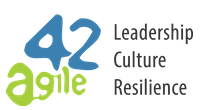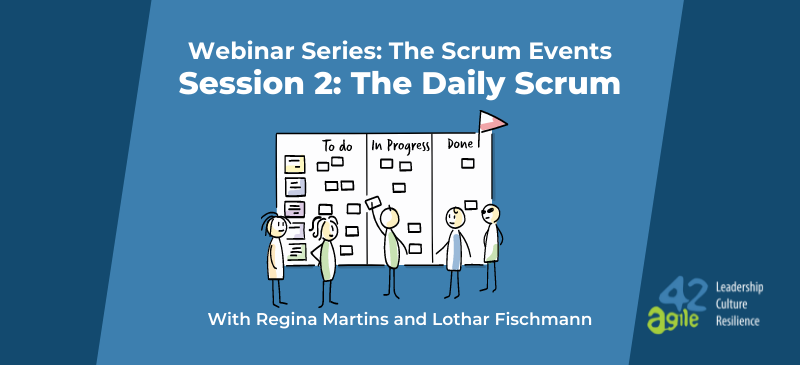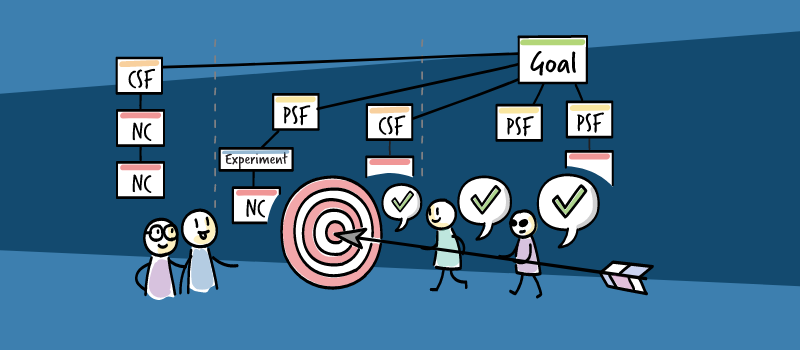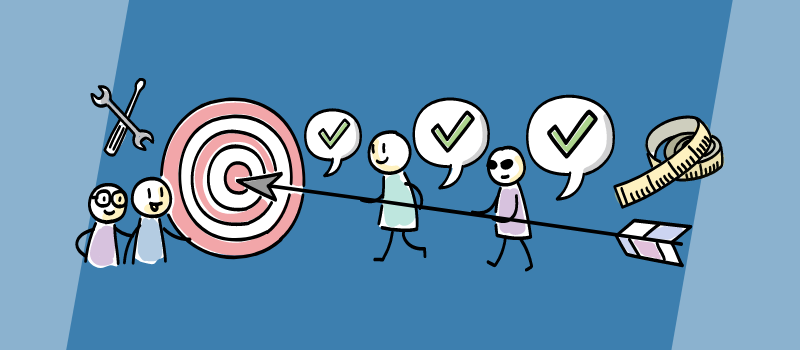Part 2: Digital Transformation
/by Amy BridgeFor the month of June, we've teamed up with our partner, Dave Snowden, Founder and Chief Scientific Officer of Cognitive Edge. In Part 2, Dave explains the role Agile plays in a digital transformation and potential organisational implications. He also examines the social-human impact of such changes.
Watch the full interview below:
What is a digital transformation and why is it necessary?
In a modern world, you need to be able to connect very quickly. You need people to be able to do things that are routine without difficulty, without problems. We need to have information in near real-time in many cases. So, digitisation is a key hygiene factor aspect of that process and essential within any modern organisation.
What are the organisational implications of a digital transformation?
They are many and various. Part of the danger here is that people are seeing digitisation, like people saw business process reengineering back at the turn of the century - an excuse to reduce staff numbers rather than to increase the quality of services. So, the organisational expectations are that many of the routine tasks would go and instead become automated.
However, those are in the center of a normal distribution. You also need to account for the fact that the exceptions will be many and varied, particularly in the early days. You need to create an organisation that can handle both the automation and nonautomation, the digitisation, and personal interactions. So, it’s not just simply a process of saying:
- what can we do?
- what can we automate?
- what does digitisation affect?
You actually have to rethink the culture and the aspects of the organisation around digitisation - what it will mean for you, what it will mean for your staff and what it will mean for your customers. That is an exploratory process and not necessarily something that can be planned in advance.
What role does Agile play in the context of a digital transformation?
Agile at its heart, is about fast cycles, high levels of customer interaction, high levels of experimentation, a willingness to be wrong, and a willingness to do things again and again until you get them right. Those sort of short-cycle, high interaction processes are key to digitalisation. Agile, properly applied, has a key role to play in making this transformation successful.
What is the social-human impact of such changes?
This is the area which everybody is neglecting. So, if I’m a customer, digitalisation can provide me with a very powerful way of doing routine tasks very quickly. However, when I start to move into exceptional states, everything sort of just goes wrong.
 To give a personal example; I got a package from Amazon the other day containing an expensive item that I never ordered. I contacted Amazon and they said, “do you not want it?” and I said, “well I never ordered it so something is messed up in your system”. Their digitised system couldn’t cope with me returning it, so I got a pair of size 8 shoes, which I can never use, for free.
To give a personal example; I got a package from Amazon the other day containing an expensive item that I never ordered. I contacted Amazon and they said, “do you not want it?” and I said, “well I never ordered it so something is messed up in your system”. Their digitised system couldn’t cope with me returning it, so I got a pair of size 8 shoes, which I can never use, for free.
You need to be able to interact with somebody in real-time and you need to have somebody who actually understands the concepts of your inquiry. At that point, digitalisation is supporting a human actor and not replacing a human actor. We also need to consider the degree to which society-level access is an issue. For example, if you live in a middle-class household, you are likely to have high-capacity broadband and digitised services that are easily accessible and make perfect sense. However, some people may not have the same digital access and are excluded from these new services and products. We need to think about making technology pervasive and open access widely enough to handle some of these societal implications. The danger is in the creation of a digitised class and an undigitised, disenfranchised class.
What is the impact on customers?

For customers, if it works well, it becomes a very different, and often better, way of interacting. It was like when ATM’s took off -; you didn’t have totalk to the bank manager if you actually didn’t have enough money, the machine would tell you, not a person. The level of personalisation and automation was actually very powerful. The same is true with digitalisation – the customer now has more autonomy and agency in their interactions
As a customer, that impact is quite a powerful one. It makes my life easier and gives me more freedom. Except in cases where a high level of human interaction is required. When something happens that couldn’t have been planned for, the system needs to have the ability to adapt and change. One of the problems in a digitisation market is that, if you lose customer intimacy, you become a commodity supplier and customers might as well go to somebody else. So, even if you can automate things, even if you can digitize the whole experience, it’s really important companies also focus on maintaining intimacy and human contact in that relationship as a part of their overall approach to loyalty.
Watch the recording of Dave's webinar on "Digital Transformation".
*Click here to read Part 1 blog post*







